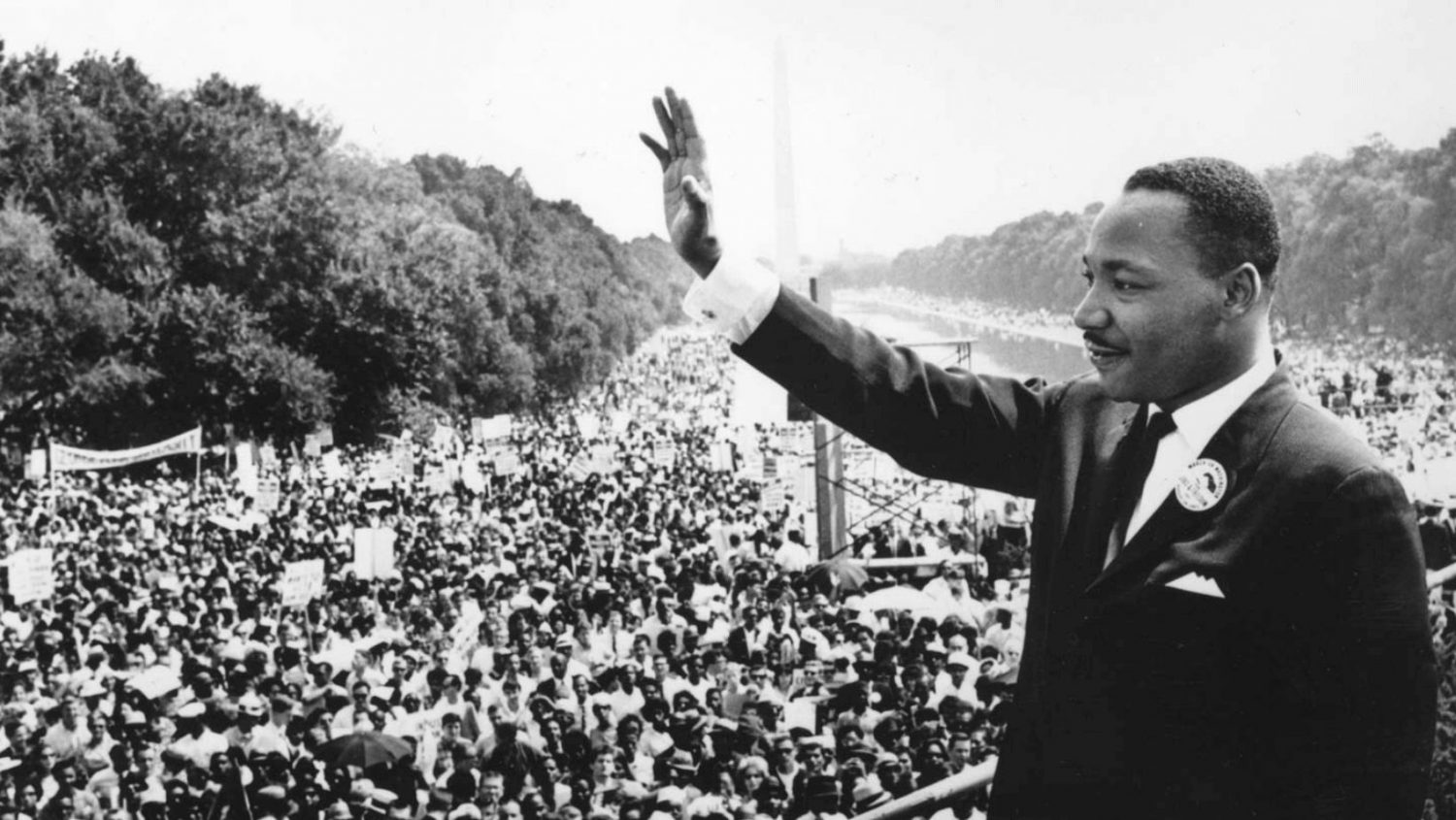
Claudette Colvin
Claudette Colvin was born in 1939 in Montgomery, Alabama.
Colvin used the city’s bus system – at the time, still subject to segregated seating – to travel to and from school. During a trip home in 1955, 15 year old Claudette was ordered to move to the back of the bus to make room for a white woman that had boarded. She refused, stating it was her constitutional right to remain in her seat, and was promptly arrested.
Claudette unfortunately lost her court case and was placed on probation, but In 1956, she became one of the four plaintiffs in Browder v. Gayle, the decision on which ruled Montgomery’s segregated bus system to be unconstitutional.
Though her story is not as well known as that of Rosa Parks, Colvin’s action was a predecessor to the Montgomery bus boycott movement of 1955. In 2018, she was awarded for her lifetime commitment to public service with a Congressional Certificate and an American flag.

Robert Smalls
Robert Smalls was born into slavery in South Carolina in 1839.
At age 12, he was hired as a day laborer and worked as a rigger and sailor. As an adult, he tried multiple times to buy his family out of slavery, but was unsuccessful.
During the outbreak of the Civil War in 1861, Smalls was hired as a deckhand on a Confederate supply ship. While working, Smalls learned all that he could about navigating the ship, waiting for the perfect time to escape. He freed himself, his crew, and their families by taking over the ship and sailing through multiple checkpoints to Union-controlled waters.
Smalls’ feat became a national phenomenon and a factor in President Lincoln’s decision to allow free African Americans to become a part of the Union military. Smalls acted as a spokesman to recruit African Americans to the Union Army, and also served as a Union Navy captain.
After the war, he opened various successful businesses, which eventually led to a career in politics. Robert served as a delegate to South Carolina’s constitutional convention and was elected to both the state House of Representatives and the state Senate. Smalls continued to remain active in politics late in his life and also served as a U.S. Customs collector from 1889 to 1911.

Bessie Coleman
Bessie Coleman was born in Texas in 1892.
As a child, she worked both in the cotton fields to assist her large family and as a laundress in hopes of saving money to attend college. Unfortunately, after one semester at college, Bessie ran out of the money she had saved up and chose to move to Chicago with her older brother to work as a manicurist.
Coleman dreamed of flying after hearing stories of World War I pilots, but in 1918, there were very few female pilots, none of which were African American. Facing sexism and racism from pilots in the United States and being denied entry to flying schools as a result, Bessie traveled to Europe to train and earned her international pilot’s license by 1922.
After returning home, Coleman made her way around the U.S. performing daredevil aerial tricks, parachuting, and barnstorming for a living for five years before succumbing to a tragic plane crash caused by mechanical failure.
As the first black woman to earn a pilot’s license, “Queen Bess” was a pioneer who inspired countless young boys and girls to follow their aviation dreams.

Matthew Henson
Matthew Henson was born in Maryland in 1866 to two freeborn sharecroppers.
After the captain passed away, Henson moved to Washington D.C., where he met Robert Edwin Peary – an explorer and officer in the U.S. Navy Corps of Civil Engineers – in 1887. Henson was hired as Peary’s valet on an expedition to Nicaragua. Soon after this successful trip, they traveled to Greenland, where Henson learned about Eskimo culture and Arctic survival skills.
In 1908, after multiple failed attempts, Peary, Henson and other members of the team set out one final time on a quest to reach the North Pole. Henson’s extensive knowledge and experience made him an indispensable team member during the journey. After nearly a year of travel, they reached the North Pole and planted the American flag at its location.
While Admiral Peary received many accolades for the achievement in the years following the expedition, Henson’s significant contribution went relatively unrecognized. Soon after, he started work at the U.S. Customs House, where he remained for three decades.
Later in his life, Henson’s work received its well-deserved and overdue attention when he was accepted as an honorary member to the Explorers Club in 1937, and in 1944 when he and other expedition members were awarded a Congressional Medal.
Henson’s legacy lives on through his published memoir, as well as his biography.
Henson lost both of his parents at a young age and left home soon after their deaths to find his own way. He found work as a cabin boy on a ship, traveling the world during his time on board and receiving an education from its captain.

Alice coachman
Alice Coachman was born in Albany, Georgia in 1923.
Raised in the segregated South, Coachman was often denied the chance to compete in organized sports events, and, as a result, trained on her own using makeshift jumps and running barefoot on dirt roads and fields. During her high school years, the boys track coach recognized and nurtured Alice’s talent, leading her to break high school and college high jump records in the Amateur Athlete Union (AAU) national championships for track and field.
At 16, Coachman was offered a scholarship to the Tuskegee Institute in Tuskegee, Alabama, where she dominated competitions. In 1946, she enrolled in Albany State College, where she was the national champion in the 50 and 100-meter races, the 400-meter relay, and the high jump.
In 1948, Alice traveled to London as a member of the American Olympic team and set a record in the high jump with a mark of 5 feet, 6 ⅛ inches, making her the first black woman to win an Olympic gold medal.
After her Olympic win, Coachman earned her degree from Albany State, and soon after became the first African American woman to earn an endorsement deal in 1952 with the Coca-Cola Company.
Alice was inducted into nine different halls of fame throughout her lifetime, and her legacy survives through her established Alice Coachman Track and Field Foundation to help support younger athletes and provide assistance to retired Olympic veterans.

George Washington Carver
George Washington Carver was born into slavery in Missouri around 1864 during the Civil War.
Though slavery ended in the state in 1865, no local school would accept black students, which led the Carvers to teach George and brother James in their home during their early years. Eventually, George’s thirst for knowledge drove him to travel to a school for black children ten miles from home. Carver attended multiple schools before receiving his high school diploma in Kansas.
Though he was originally accepted to Highland College in Kansas, George’s admittance was denied when they learned of his race. During this time, Carver conducted biological experiments from home. Also interested in the fine arts, he began studying art and music at Simpson College in Iowa in 1890, where he refined his painting and drawing skills through botanical sketches. Seeing his talent, a teacher encouraged him to enroll in Iowa State’s botany program, where he became the first African American student and went on to pursue graduate studies.
In later years, George ran and led the Tuskegee Institute’s agricultural department to national recognition, pioneering research and training in areas such as crop rotation and the development of alternative cash crops. Carver even brought his lessons directly to farmers using a mobile classroom, which helped stabilize the lives of many people. His research led to the invention of hundreds of products, including more than 300 derived from peanuts and 118 from sweet potatoes.
As a result of his hard-work, Carver achieved international fame, advising both President Roosevelt on agricultural matters and Mahatma Gandhi on agriculture and nutrition. George Washington Carver’s dedication, hard-work, and research helped improve the quality of life for Americans of all races.
There are many unsung heroes in Black History whose hard-work, dedication, and persistence made strides in the Civil Rights movement. With the help of modern technology, many of these influential figures are coming to light. Are there any hidden figures whose stories have had a lasting impact impact on you? We’d love to hear them!

